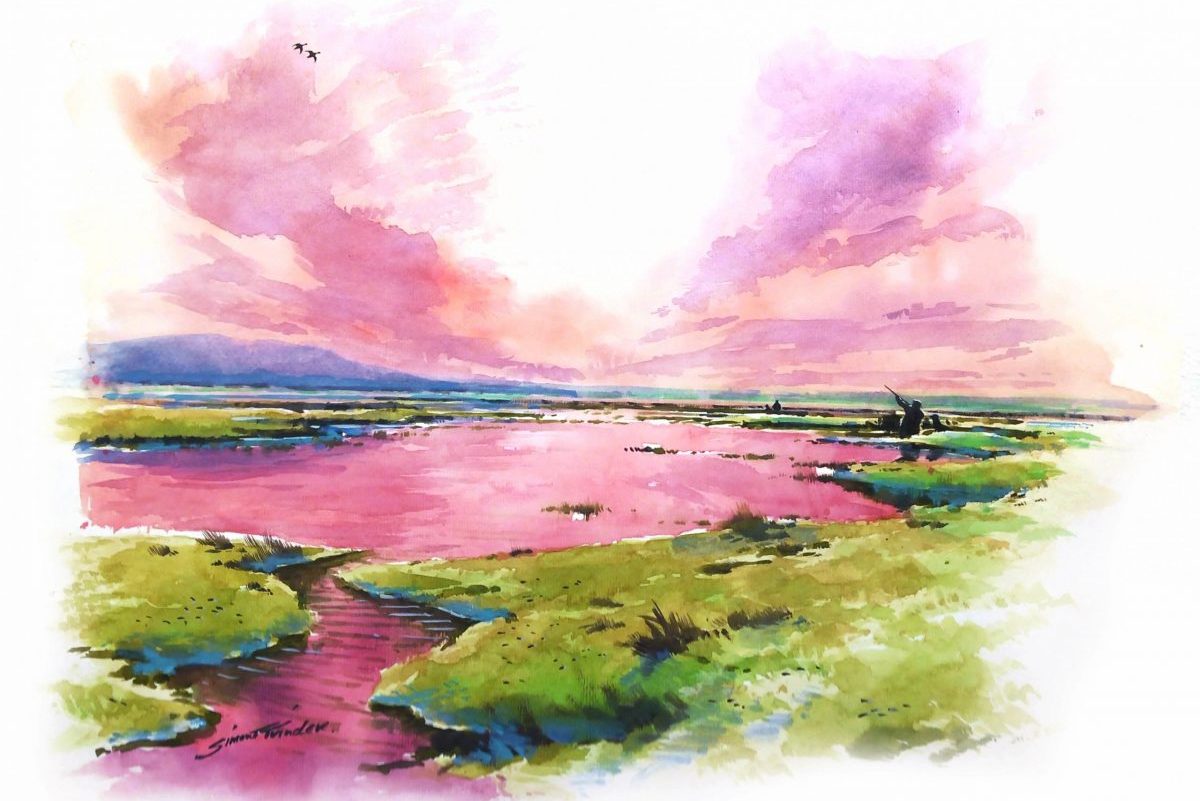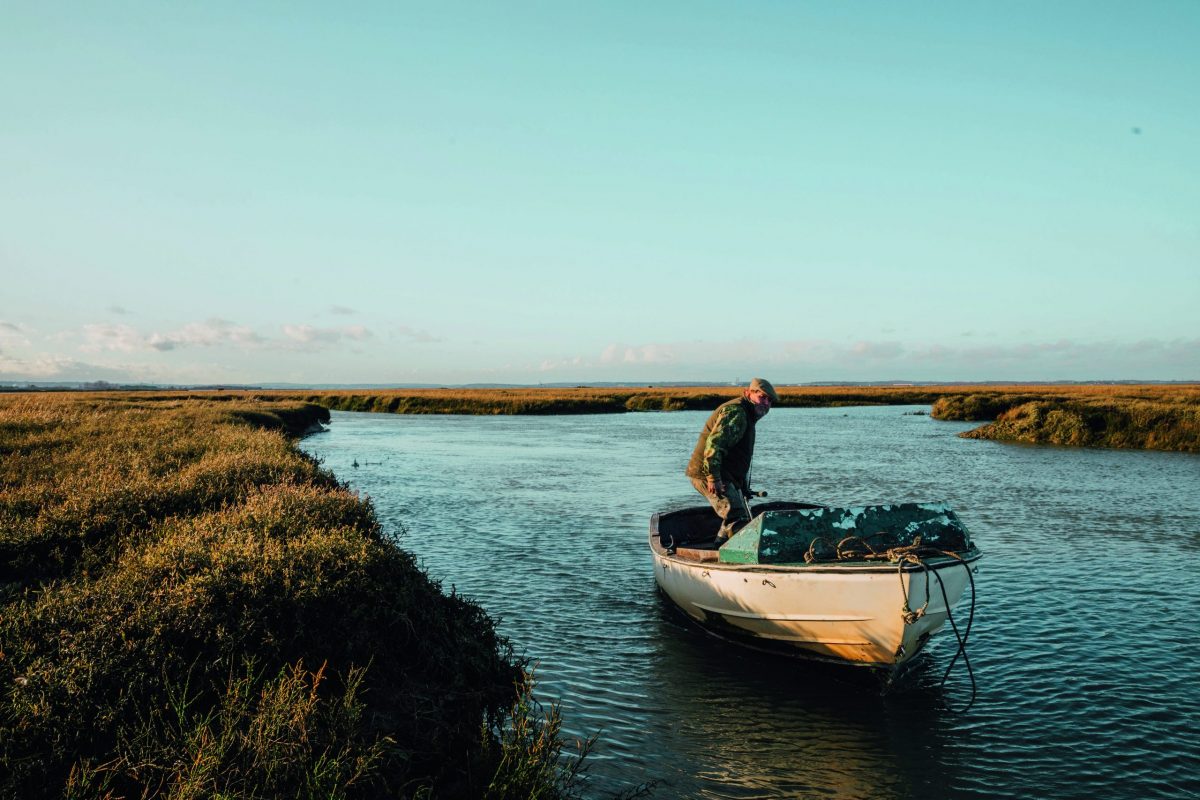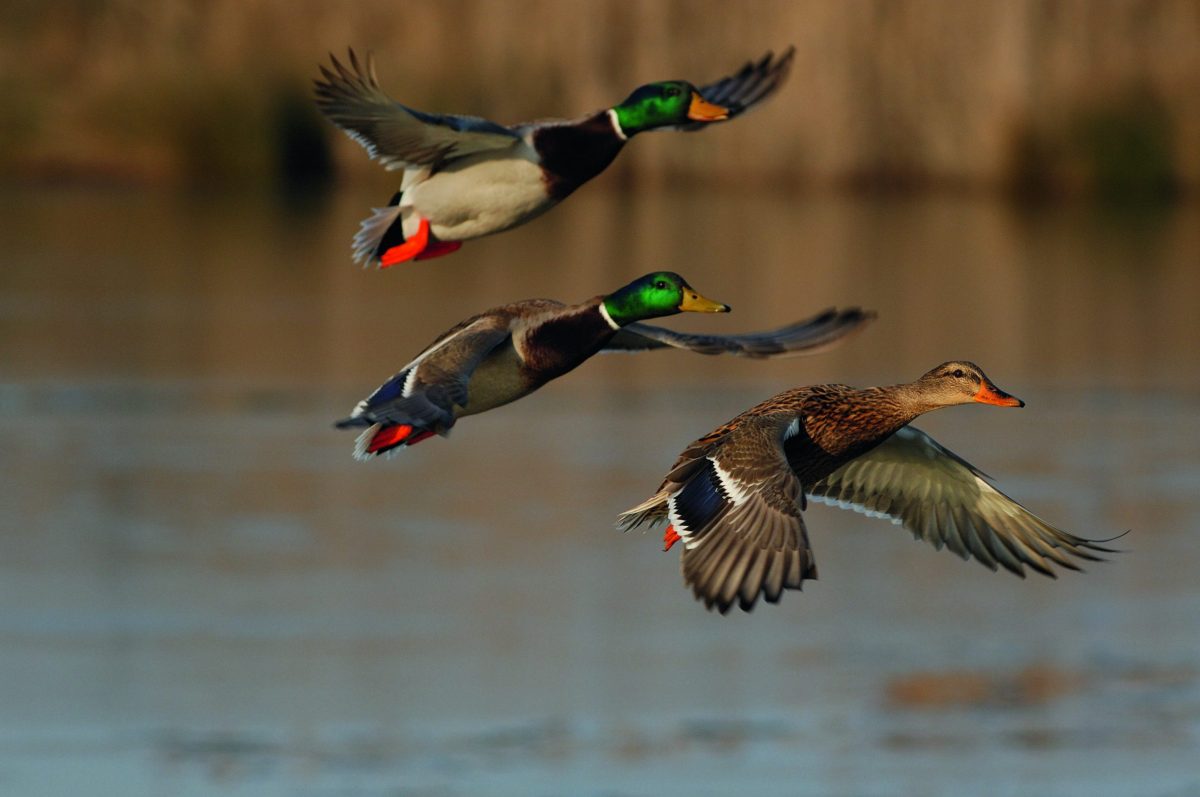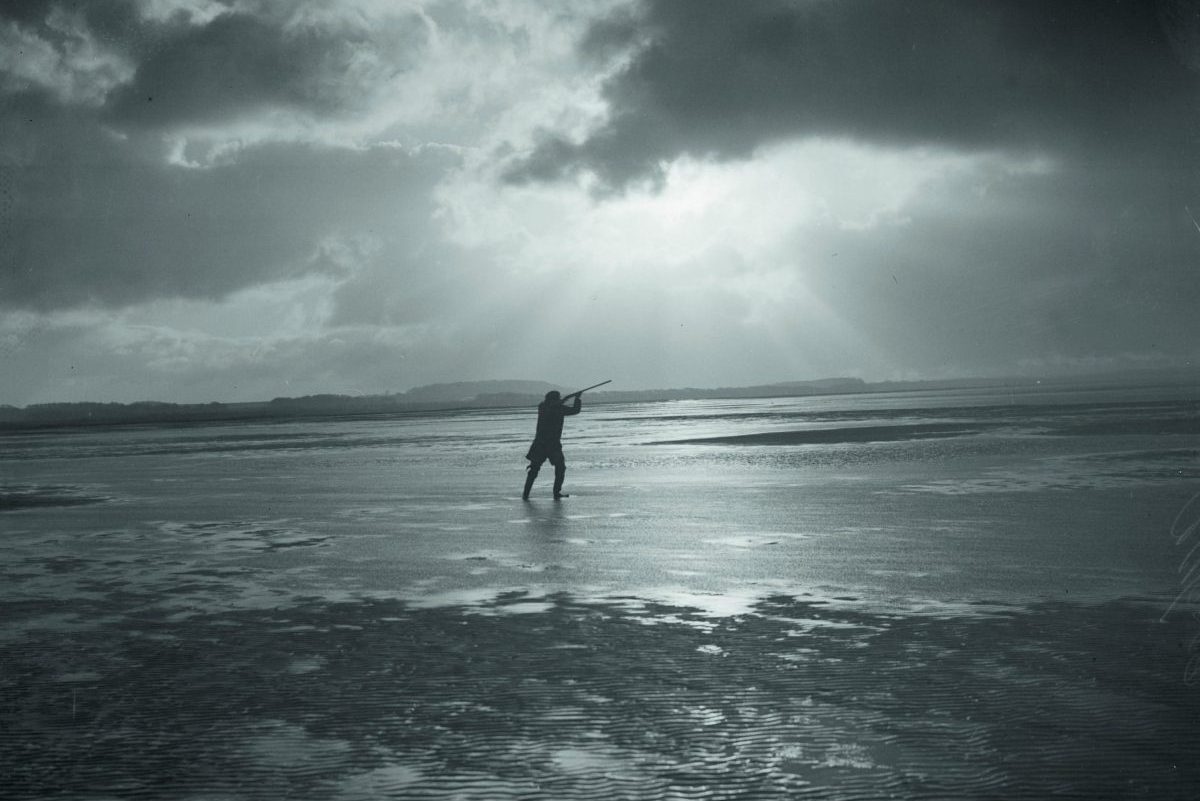Wigeon flighting – reconnaissance tips to improve chances
Mike Swan and his old fowling friend, Tom, draw a blank on a usually fruitful splash for wigeon flighting, but the wild world still puts on a wonderful show

My friend Tom and I had christened this particular location the ‘number one splash’ many years ago; partly because it is the first significant splash on the salting tops as you work out from the cockle-fishing village of Penclawdd, and partly because it has delivered some of our most exciting wigeon flighting days over the past 30-odd years. Sadly, it has changed recently — a reduction in the number of sheep on this part of the marsh has meant the once short and sweet turf has grown long and rank.
After a completely blank wigeon flighting day last season and another in November, we decided to give the splash one more try on Thursday. A lack of wigeon droppings did not fill us with confidence, but heavy rain over the past couple of days could easily have washed them away. With a succession of squally showers blowing in on gusty and near gale-force winds, it was not the most comfortable evening and we only saw two wigeon passing wide to the north.
When it was clearly time to pack up, I unloaded and gathered in the pair of decoys I had floated on the splash, while Tom kept up the watch just in case. (Read more here on wigeon decoying). He then unloaded too but, as we made ready to walk off, a single suicidal wigeon decided to try to land. Sadly, it was away again while I was still fumbling in my pocket for squibs. (Read more here for tips on tactics for duck shooting without decoys).
By dawn on Friday, the showers had died out. The wind had veered westerly but was still blowing hard — perfect conditions for a morning flight at the tide edge. The now
slightly onshore wind was calculated to keep the birds low and hopefully close enough for a shot. With the dark shadow of the salting edge to break up our outline, we were in with a chance of not being spotted until well after dawn.

A party of wigeon appear overhead, but a stumble as he mounts the gun causes Mike Swan to miss
As the light increased, the gulls and oystercatchers started to flight ahead of the advancing tide, but there was no sign of ducks. At last, a party of four wigeon came into view, rather higher than I expected in the wind but still within reach as they passed overhead. Somehow, I stumbled as I mounted the gun and scored a double miss.
It was now getting a tad too light for us to remain unnoticed, and a couple of small parties of pintail — which Natural Resources Wales now forbids us to shoot — took evasive action as they spotted us while still well out of reach. It was time to retreat to higher ground and better cover, so we headed west to the stony spit that juts out into the marsh.
Hiding places
We had no great expectation of a shot, but the spit’s bushes and brambles offer good hiding places if something does come along, and it is a great place to watch what the birds are doing. My main thought was that we would see where any wigeon were going at high tide, giving us an indication of where they might flight to feed at dusk. But we saw very few, and no pattern. Meanwhile, we were treated to a spectacle by the shovelers.
They are far from common on this estuary, but over a period of about 20 minutes, little parties of shovelers began to assemble at the water’s edge in front of us. In total, 59 birds arrived and began to dabble among the dead marsh samphire, no doubt feasting on the abundant seeds that it produces each year. As the tide crept gently towards us, the shovelers drifted closer and closer and then were suddenly all on the qui vive. A merlin flashed over, plucking a lone redshank out of the air as it passed.
We stayed put and watched the merlin set about its kill, and the shovelers settled back to feeding too. We decided to fade out as quietly as we could, to avoid disturbing the birds. But we needn’t have worried, because as we crept out from the bushes we found a pair of birdwatchers standing proud on the top of the spit, in full view of the ducks.
We had a brief and amicable conversation; they lamented missing the merlin and I was encouraged that they seemed quite unperturbed by meeting two armed men, even making a fuss of the dogs.
Wigeon flighting – looking for evidence
With a proper breakfast under our belts and the tide now well into the ebb, we set off west to a different part of the estuary with a view to searching for evidence of wigeon grazing that might spell a chance of an evening flight. At the same time, we had high hopes of a shot or two at teal, by creeping up on likely places and jumping them from the creeks.
The main thing we were searching for was poo. Wigeon droppings are very distinctive — they are cylindrical, green with a white coating like those of geese, about the thickness of a cigarette and 2cm or 3cm long. The main thing to note, however, is that just finding a few wigeon droppings is no guarantee that the birds will be back. If you find them on a splash, chances are the birds have flown there to feed, and they will do so again. On the other hand, a sprinkling alongside the creeks may only indicate where birds came ashore at high tide, tucked their heads under their wings then had a wee nap until the tide turned.

Mike and Tom search for evidence to suggest that wigeon have been feeding in the area
Wigeon flighting – red herrings
Compared with goose droppings, those of wigeon are very small and delicate, and are therefore prone to disappear more quickly. A few heavy showers and they turn to mush; if the tide floods over them they wash away and fall to bits. So what looks like old evidence beside a flash can be last night’s droppings flattened by the rain. But on neap tides during dry weather, they can sit on the salting top for a week or so; old evidence of what the wigeon were doing days ago but no help now, especially if the flash itself is drying out and going stale.
Little piles of droppings beside a splash, as opposed to odd single ones, are a real cause for excitement and anticipation. If the wigeon have been there for long enough to feed then settle down to digest, doze and poo after supper, they really like the place and the grazing it offers. If they have stayed long enough to preen out some feathers, better still. Get yourself back there at evening flight and look forward to something very special.
Grazing wigeon also leave evidence in the form of cropped-off marsh grasses. Given the chance, they love to alight on water, swim ashore and graze the wet margins, resulting in an obvious cropped-off edge to the splash. At periods of big springs, when the marsh goes right under, this is evidence of a good flighting spot even if there are no droppings; they could easily have been washed away by the tide.
Drawing a blank
But for us, three hours of searching along the length and across the meanders of the biggest creek in the estuary produced precious little sign of wigeon; only the odd single dropping here and there and certainly no evidence of a likely feeding area that was worth hiding beside at flight time. Even the teal we had hoped to ambush were rather scarce compared to normal, and very jumpy to boot.
Time and again they would rumble us for no apparent reason, flushing before we were able to creep up on their hiding places. Needless to say, we both managed to miss on the one occasion we did get close.
With no obvious place to wait for wigeon coming to feed, we decided that our best bet was to hope some of the teal might flight back up the creek at last light, with perhaps even an odd wigeon to do the same. We decided to separate and find hiding places at the creek edge, where birds might cut a corner.
Tom said that he heard a teal in the deep dusk, but neither of us saw a bird other than a party of shelducks. I suppose we should have expected that on Friday the 13th…

The splash had previously delivered some cracking sport, but it was not to be this time








